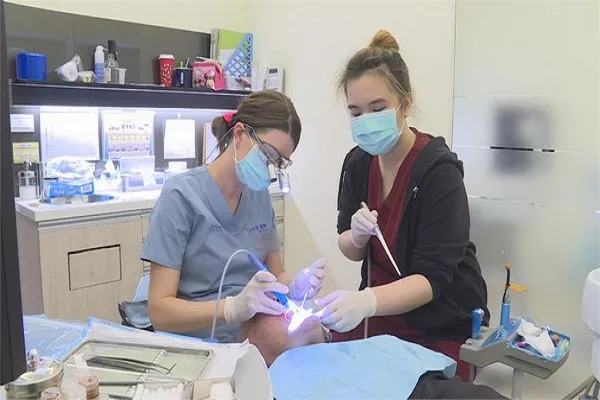Orthodontic treatments, such as braces or aligners, can be transformative in achieving a healthy and aesthetically pleasing smile. However, the cost of orthodontic procedures can be a significant concern for many individuals. Understanding the concept of “lifetime orthodontic maximum” is crucial for anyone considering orthodontic treatments through dental insurance or other coverage options. In this article, we will explore what the term “lifetime orthodontic maximum” means, how it relates to insurance coverage, and the implications it may have on orthodontic treatment expenses.
Defining Lifetime Orthodontic Maximum
Lifetime orthodontic maximum refers to the maximum amount of money that a dental insurance plan will pay toward orthodontic treatment for an individual during their lifetime. It is an essential aspect of dental insurance coverage and applies to orthodontic procedures that involve the alignment and correction of teeth and jaws, such as braces or clear aligners.
It is important to note that the lifetime orthodontic maximum is a fixed monetary limit, and once it is exhausted, the insurance plan will not provide further coverage for orthodontic treatments. This means that any additional orthodontic expenses beyond the maximum amount will become the responsibility of the patient.
How Lifetime Orthodontic Maximum Works
When an individual begins an orthodontic treatment, the dental insurance plan will apply the lifetime orthodontic maximum to determine the coverage amount. For example, if the lifetime orthodontic maximum is $3,000, and the total cost of the orthodontic treatment is $5,000, the insurance plan will cover up to $3,000, and the patient will be responsible for the remaining $2,000.
It is crucial to understand that the lifetime orthodontic maximum is not an annual limit. Unlike regular dental benefits that may renew on an annual basis, the lifetime orthodontic maximum remains constant throughout the individual’s lifetime as long as they maintain the same dental insurance plan.
Limitations and Considerations
Plan-specific Maximums: The lifetime orthodontic maximum varies from one dental insurance plan to another. Different insurance providers may offer different maximum coverage amounts, so it is essential to review the specific terms of the plan.
Age Limitations: Some dental insurance plans may have age restrictions for orthodontic coverage. For instance, they may only cover orthodontic treatment for individuals below a certain age, such as 18 or 21 years old.
Timing of Treatment: The timing of orthodontic treatment can impact the insurance coverage. For instance, if a portion of the lifetime orthodontic maximum has been used for previous treatments, the remaining coverage may be reduced for subsequent orthodontic procedures.
Pre-authorization: Many dental insurance plans require pre-authorization before commencing orthodontic treatment. It is essential to check with the insurance provider and obtain pre-authorization to understand the specific coverage details and avoid potential surprises later on.
Alternatives to Dental Insurance Coverage
For individuals with limited or no dental insurance coverage, several alternatives can help make orthodontic treatment more affordable:
Flexible Spending Accounts (FSAs) or Health Savings Accounts (HSAs): These accounts allow individuals to set aside pre-tax dollars to cover medical and dental expenses, including orthodontic treatments.
Payment Plans: Many orthodontic practices offer flexible payment plans to spread the cost of treatment over several months, making it more manageable for patients.
Orthodontic Discount Plans: These plans offer discounted fees for orthodontic treatments at participating providers, making orthodontic care more affordable.
Orthodontic Scholarships or Grants: Some orthodontic practices or charitable organizations offer scholarships or grants to individuals in need of orthodontic treatment but facing financial constraints.
Conclusion
Understanding the concept of lifetime orthodontic maximum is essential for anyone seeking orthodontic treatments through dental insurance coverage. It represents the maximum amount of money that an insurance plan will pay toward orthodontic treatment during an individual’s lifetime. Patients should be aware of their insurance plan’s lifetime orthodontic maximum, age limitations, and any pre-authorization requirements to make informed decisions about their orthodontic treatment.
For individuals without adequate dental insurance coverage, exploring alternative payment options such as flexible spending accounts, payment plans, or orthodontic discount plans can make orthodontic treatments more accessible and affordable. Consulting with orthodontic professionals and insurance providers will help patients understand their options and choose the best approach to achieve a healthy and confident smile.
Related Topics:






























